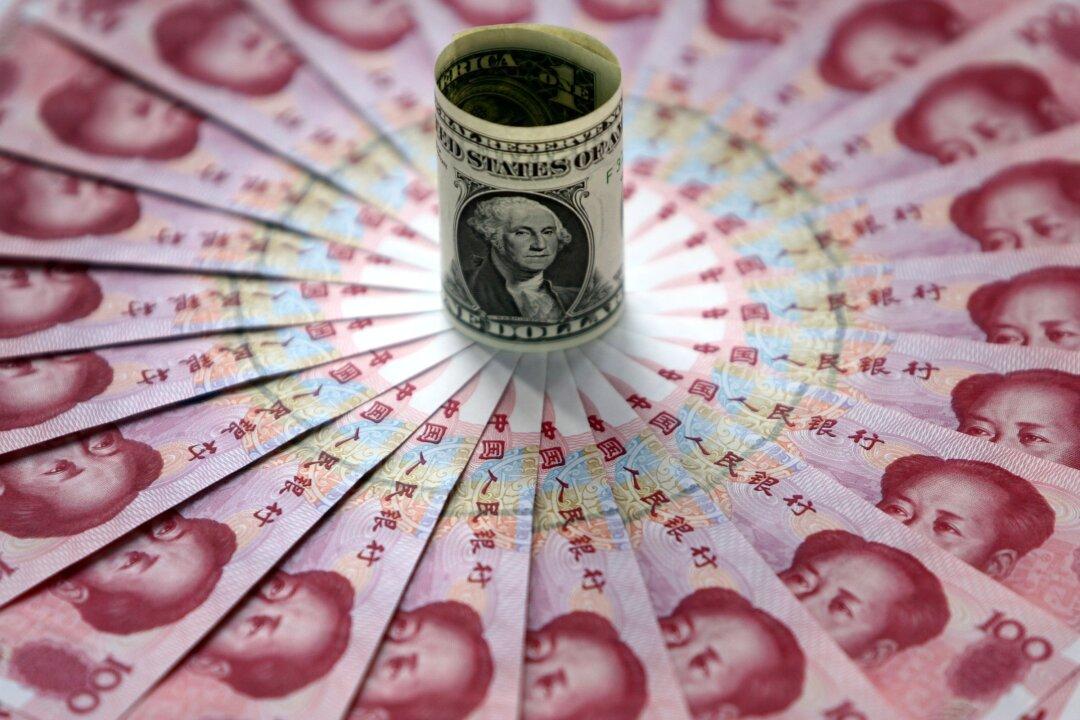China and Brazil signed an agreement on March 29 that would abandon the U.S. dollar and carry out trade and financial transactions directly in yuan for reals—and vice versa—a significant step as China, the world’s second-largest economy, continues to accelerate the currency’s presence in the international market.
Both countries noted that they had reached a preliminary agreement to ditch the dollar in January.





